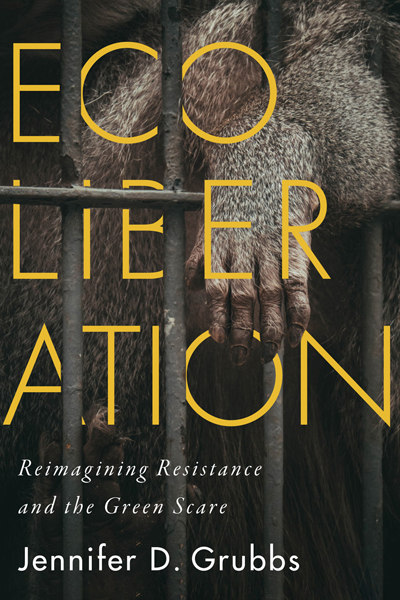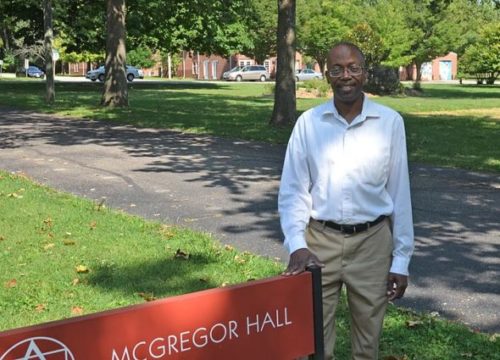Inside-Out: Race, Gender, and Citizenship
Assistant Professor of Cultural Anthropology Emily Steinmetz’s Inside-Out course brings together college students and incarcerated people to engage and learn as peers. It was first offered at Antioch College in Spring 2015, meeting on-site at Dayton Correctional Institution (DCI) and comprised half of Antioch students (outside students) and half of incarcerated women (inside students). Below, Dr. Steinmetz discusses and reflects on that first offering:
In this interdisciplinary course we explored the concept of citizenship, paying special attention to the ways that race and gender shape people’s access to the rights and protections conferred by citizen status.
The prison provided a unique context within which to consider citizenship. Prisons act as physical barriers, demarcating spaces of inclusion and exclusion, and much of what happens inside of prisons is invisible to those who spend their time outside the prison walls. Prisons can be understood as “zones of exception,” where the juridical order that governs life on the outside is suspended. The interactions among the inside and outside students, furthermore, provided rich and personal opportunities to consider power, privilege, and differential access to the rights and obligations of citizenship.
From our first meeting at DCI, Antioch students learned how to navigate prison security, leaving behind their phones, wallets, bags, and all of their belongings except for their class materials and a photo ID. They moved through a metal detector, signed the visitor’s log, and traveled through two sally ports to the visitation room where we held our class. On one occasion, the inside students led us on a tour of DCI, offering their own perspectives on the commissary, living quarters, library, gymnasium, chapel, yard, the HVAC training program that is in the process of closing down, and the dog-training program (we watched a brief service dog demonstration). While we did not enter the segregation unit, several inside students told us about their experiences in solitary confinement as we stood in the corridor outside. Finally, we ate breakfast together in the chow hall, where we witnessed the substandard food that a private contractor, serves to incarcerated people.
In accordance with the Inside-Out pedagogy, our class meetings and assignments foregrounded collaboration and intimate conversation. Both inside and outside students encountered their classmates as full and complicated fellow human beings, undoing powerful and prevalent stereotypes about incarcerated people and college students. Inside-Out is designed to break down the “us” and “them” barriers that undergird the project of mass incarceration.
The class culminated in two final projects: 1) an autoethnography, in which students connected their own lived experiences with the theories, concepts, and accounts that we encountered in our readings and class discussions; and 2) an action-based group project that involved inside and outside students working together to research and address an issue that related to our course themes. Group projects focused on:
- Linguistic and disability access in prisons
- Prison orientation and improved access to the rights and responsibilities handbook
- Mandatory minimum sentencing laws
- Prison food and the contracts with vendors
- Prison education programming
- Gendered disparities in pay and work opportunities for incarcerated people, and challenges of employment post-release
Several groups presented proposals for change to prison administrators; the prison orientation group created an informative brochure that DCI has agreed to distribute at the new inmate orientation; an inside student conducted a small qualitative research study with women incarcerated at DCI about the food service; the group studying mandatory minimums launched a letter writing campaign, and sent copies of letters signed by Antioch community members and incarcerated people to elected officials; and one inside student wrote a letter about the criminal justice system that was published in The Record, Antioch College’s newspaper.
During our final class, we celebrated with food that outside students brought to share with the group. Students shared passages from their autoethnographies, received certificates of completion, and inside and outside students had an opportunity to say goodbye.
— Dr. Emily Steinmetz, Assistant Professor of Cultural Anthropology






